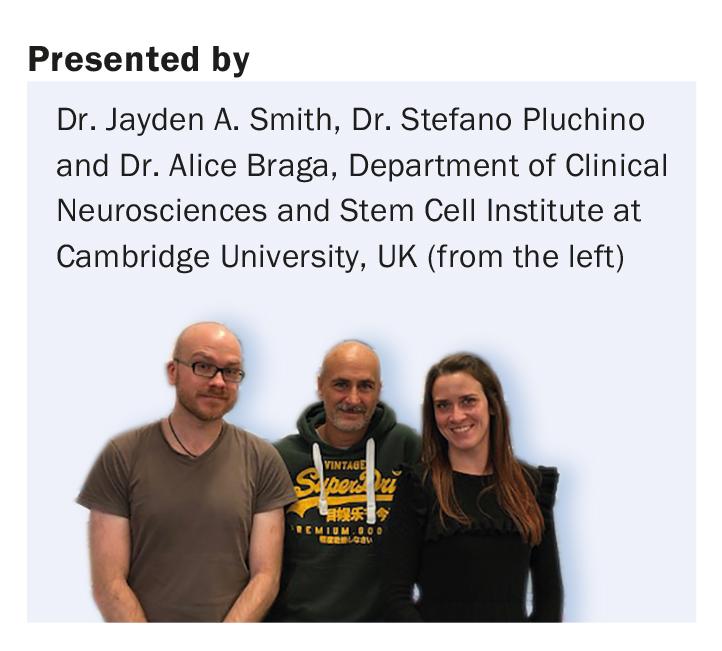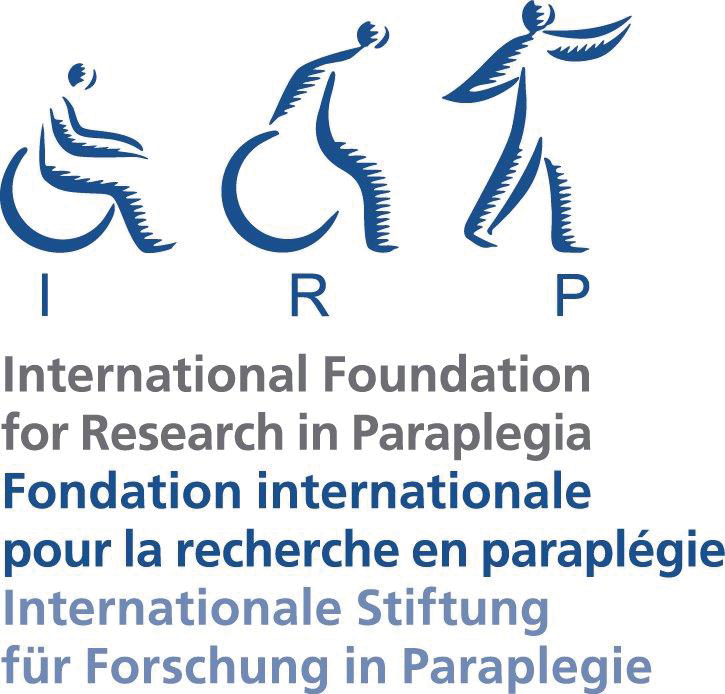Research from the Department of Clinical Neurosciences and Stem Cell Institute at Cambridge University demonstrates that RNA nanotherapeutics curtail the production of an inflammation-spreading signal released by cells of the central nervous system (CNS) in response to injury or disease.
Astrocytes are a ubiquitous and functionally-diverse class of cells found in the CNS where they play essential roles in regulating physiological processes such as synaptic transmission and blood-brain barrier integrity. Insults to the CNS, including conditions as diverse as traumatic injuries of the brain and spinal cord, multiple sclerosis, brain stroke and Alzheimer’s disease, are known to invoke a reactive state in astrocytes during which these cells undergo a variety of morphological and functional changes. Astroglial changes can be beneficial or detrimental, depending on the type, timing and context of the insult. Reactive astroglial cells typically increase the expression and release of the inflammation- and reactivity-propagating protein Lipocalin 2 (Lcn2). Lcn2 secreted by reactive astrocytes is known to promote reactivity in otherwise resting astrocytes, polarise immune cells towards a pro-inflammatory state, and have toxic effects on neurons.
Using the bio-inspired three-way junction (3WJ) RNA nanotechnology originally developed in the lab of Dr. Peixuan Guo at Ohio State University (USA), Smith et al. demonstrated that RNA interference can efficaciously and safely down-regulate the expression of Lcn2 in reactive astrocytes in vitro. Moreover, treatment with anti-Lcn2-3WJs significantly impeded the ability of reactive astrocytes to perpetuate a pro-inflammatory state. Resting astrocytes receiving the culture media in which reactive astrocytes had been grown showed a large increase in the expression of Lcn2 and nitric oxide synthase 2 (Nos2), an enzyme that produces free radicals and is associated with inflammation. Treating the original reactive astrocytes with anti-Lcn2-3WJs negated this effect. Importantly, 3WJ-mediated Lcn2 reduction was also evident in an experimental mouse model of contusion spinal cord injury, with significant reductions in the amount of Lcn2 present in mice treated with the RNA nanotherapeutics.

This proof-of-concept study has important implications for the treatment of brain disorders in which inflammation is often a contributing factor in the pathology. The approach is especially well-suited to combinatorial treatments in which the inhospitable tissue microenvironment fostered by the local increase in Lcn2 might prove inhibitory to other putative regenerative interventions, such as small molecules or stem cell therapeutics. Moreover, the modular, multiarmed nature of the 3WJ nanostructure lends itself to further functionalisation, with the potential for engineering targeting and/or diagnostic capabilities into the platform for the development of cell-specific therapeutics.
This research was funded by the International Foundation for Research in Paraplegia, the Bascule Charitable Trust, the UK Regenerative Medicine Platform, and Wings for Life.
Source: Full article in: Molecular Therapy – Nucleic Acids, Elsevier
Publication details (article available as advance online publication): Smith JA, Braga A, Pluchino S, et. al.: RNA nanotherapeutics for the amelioration of astroglial reactivity. www.sciencedirect.com/science/article/pii/S2162253117302925
IRP – International Foundation
for Research in Paraplegia
Seestrasse 19
8002 Zürich
www.irp.ch












